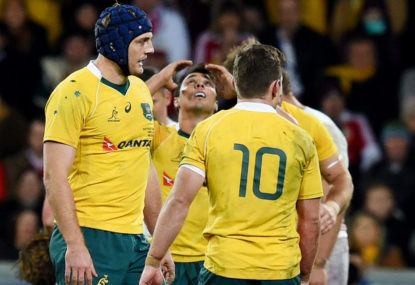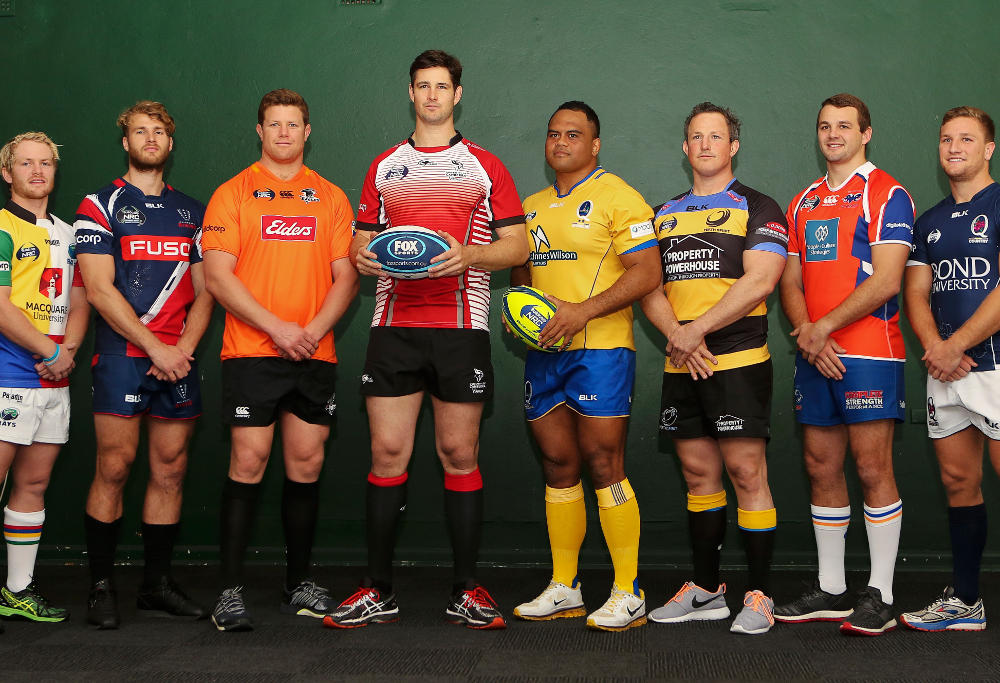Wallabies in danger of losing Hanigan to ambitious French club just as forward enters his prime
Ned Hanigan is one of the in-form forwards in Australian rugby who looks set to finally turn promise into quality on the international stage,…

Well that caused a bit of a stir!
I’ve written another article on how to fix Australian rugby’s biggest problem, as the first article received a lot of comments and disagreement, with most comments asking me to provide more evidence on my theory.
I’m hoping you can read this without seeing me as an ‘arrogant Kiwi who should keep his comments to himself’, but more as a concerned rugby enthusiast. The first article was written with nothing but a view to compare the two countries, with some humour!
I’ve grown up and played most of my rugby in Australia so I urge you to read the article as if I was Australian.
Something I should have specified in the first article was this has been my experience growing up in Queensland, and I probably generalised the whole country as the same.
Again, I’m generalising that most of the audience this will be read by are 35-year-olds and over. At your local rugby club, you will find kids and young adults with a similar story to this article.
With regards to junior-level rugby; a lot of players don’t make it to state level because of the school they go too. The private school competition is the best rugby development path but the only way to be a part of it is pay the hefty yearly school fees or earn a scholarship.
People that don’t go to a private school don’t get much of a chance until after school, and by then a lot of teams won’t give them a look in because they didn’t play the required level of school rugby.
One specific example is a under-16 Queensland trial where no player from a specific position was chosen in the squad because they already had a player in mind whose father is an ex-Wallaby. If you don’t want to believe that, then another example is in an under-15 Queensland trials, the team had been picked and flights already paid for before the trial matches.
A lot of Super Rugby academy players are picked straight out of high school, so anyone that goes to the wrong school probably won’t get a look in because the academy spots are already filled.
An under-13 local Gold Coast team can put 50 points on a prestigious Gold Coast boarding school (who decline a rematch). Yet the rep squad comprised all players from that boarding school.
Another specific example is a junior player at my local club. He trialled for a rep team and didn’t make the cut. Subsequently, he went over to rugby league and is the fullback for the Australian schoolboys’ team in the same year.
This example is directly related to players from wealthy families and elite rugby parents making junior rep teams over your more talented kids from working-class backgrounds. You surely can’t tell me that, at 14 years of age, you’re good enough to play for your country’s age group in rugby league, but can’t make a city rep team?
These examples are from my experience and two friends who have played at a Queensland country level since leaving school, both went to a public school. They were both offered scholarships to prestigious private schools but were happy in the public system.

The National Rugby Championship
I’ve done a lot of research into the teams who have usually finished in the top half of the ladder for numerous years. Let’s take Melbourne Rising for the 2016/2017 competition as an example.
Out of the 31-man squad, only five players aren’t contracted to the Melbourne Rebels. However, in comparison (and comparison only!) the Tasman Markos, a team competing in the New Zealand equivalent of the NRC, out of their 32-man squad, 16 players aren’t contracted to a Super Rugby team.
In 2016, the Queensland Country trials had three spaces vacant for non-contracted players out of a 31-man squad, where one spot was filled by a 34-year-old premier player. I’m not 100 per cent sure, but I believe the only player to make the Wallabies’ wider training squad who didn’t attend a GPS school is Sef Fa’agase from the Queensland Reds. I’m happy to be proven wrong there, though.
At an international level, have a look at the comparisons between the 2016 Wallabies’ Bledisloe Cup team and the 2001 Bledisloe Cup team. The 2016 team had only three players in the match day 23 from a public school background. Rewind to 2001, and 18 of the match day 23 came from a public school background.
I’ve chosen the 2001 team as I believe the Wallabies were at their peak at that time.
A lot of you were quick to criticise Michael Cheika, myself included (I’m not his biggest fan). However, take away your personal views on the Wallabies’ coach and look at his track record with the NSW Waratahs. He took them from a number of years of finishing in the bottom half of the Super Rugby ladder and won them a comp in 2014.

Now take a look at three of the previous four Wallaby coaches’ records prior to taking the head coaching job. Robbie Deans (five Super Rugby titles with the Canterbury Crusaders), Ewen McKenzie (one Super Rugby title with the Queensland Reds) and Eddie Jones (one Super Rugby title with the ACT Brumbies).
To make my point abundantly clear, Rod Macqueen was the national coach prior to Eddie Jones. He’d never won a Super Rugby championship. The only accolade next to his name was a selector for the Wallabies. Yet, with a selection system for players from either a public or private school background, he took the side to a World Cup final and won.
As you can see I’ve done a lot of research into the past 20 years of Australian rugby, combined with my own experiences. I encourage you to do your own research before dismissing this article as rubbish.